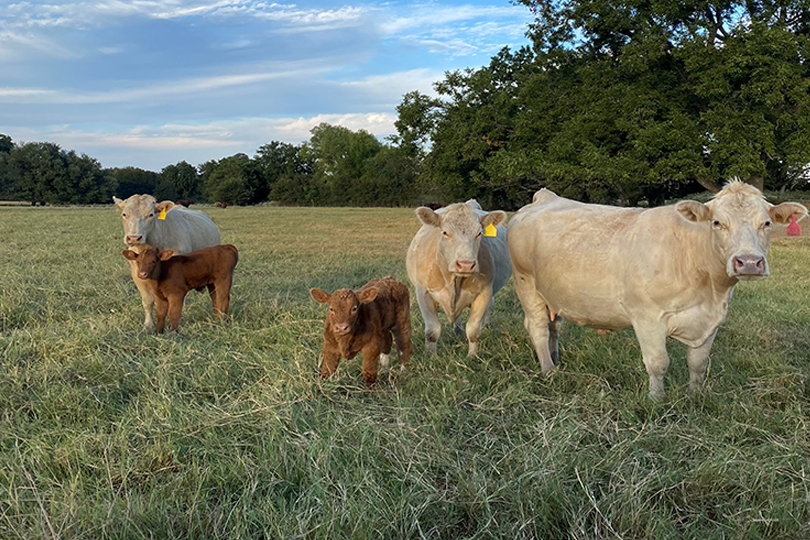By Jennifer Whitlock
Field Editor
Rangeland and pastures across Texas are heading into the fall season with a fairly good outlook, but many areas could use moisture.
More than half of Texas range and pastures are in what the U.S. Department of Agriculture (USDA) deems “good to fair” condition, according to Texas Farm Bureau (TFB) Associate Director of Commodity and Regulatory Activities Tracy Tomascik.
“We’re reaping the benefits of a very, very good summer,” Tomascik said in an interview with the Texas Farm Bureau Radio Network. “July, in particular, had a lot of water available across the state, and that allowed pastures to recover and get into such a good condition for the most part across the state.”
A wetter-than-usual spring and summer allowed farmers and ranchers to build up hay supplies depleted last winter, especially during the abnormally cold weather experienced in January and February, he noted.
But that’s not to say hay lofts and barns are at full capacity. Farmers and ranchers are still cutting hay in some areas. This is due in part to that extra rainfall, which kept farmers out of the field more frequently than usual at the height of a normal hay season.
But the Texas Water Development Board’s weekly drought report shows dry conditions starting to spread across the state.
Some farmers and ranchers are preparing to plant winter wheat and oat crops, while others are waiting to for rain. If they receive some timely moisture in late fall or early winter, Tomascik said livestock should in a good position when it comes to winter grazing.
Livestock seem to be faring well at this time, too.
“Cow-calf herds are in pretty good shape from the reports I’ve received, and the sheep and goat industry are in the same boat. From a marketing standpoint, there’s some stability right now in cattle, sheep and goats. Prices are fairly good at the moment, and we look forward to even better opportunities next year,” he said. “If we can maintain these herds in good condition and in good health, we might have a really good spring ahead of us.”
Click here to listen to the interview on the Texas Farm Bureau Radio Network.

